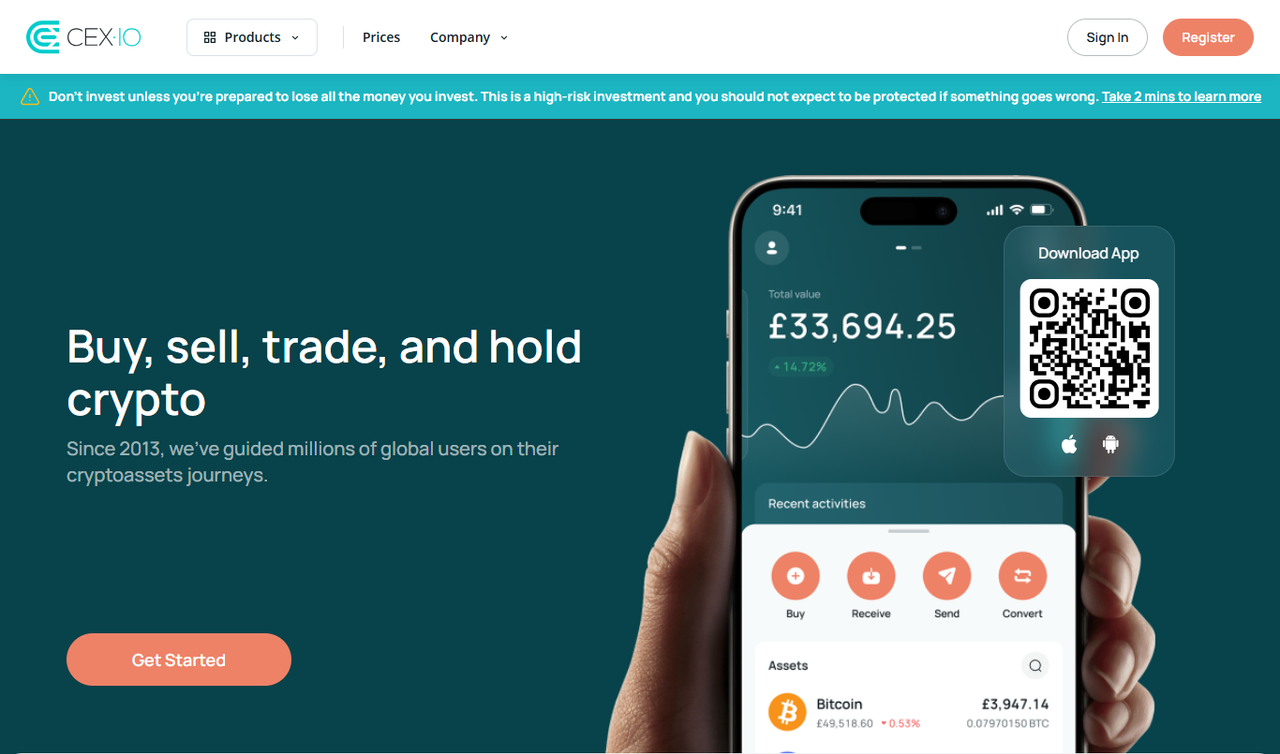

This Cex exchange guide explains what a Cex exchange is, how to sign up, how Cex exchange handles trading and security, the typical fees you'll encounter on a Cex exchange, and common tips to use a Cex exchange safely and efficiently.
The term Cex exchange refers to a centralized cryptocurrency exchange — a platform where users buy, sell, deposit, and withdraw crypto assets through an account managed by the exchange. A Cex exchange typically provides order books, spot trading, and fiat on/off ramps. Compared to decentralized alternatives, a Cex exchange holds custody of user funds (unless it offers custodial and non-custodial options), which makes understanding how a Cex exchange works essential for safety and convenience.
At its core, a Cex exchange matches buy and sell orders through centralized order books. Users register and complete identity verification on the Cex exchange, deposit fiat or crypto, and then place market or limit orders. The exchange executes trades, updates account balances, and, when requested, processes withdrawals. Liquidity, market makers, and matching engines are the background systems that let a Cex exchange operate smoothly.
Many people pick a Cex exchange for speed, user experience, and support. A Cex exchange usually offers fast order execution, straightforward fiat onramps, customer support, and advanced trading tools like margin, derivatives, or staking. That convenience comes with tradeoffs: relying on the Cex exchange's security practices and custody policies.
Using any Cex exchange safely means combining platform-level and personal security steps. Platform-level measures include cold storage policies, insurance funds, and regular audits. Personal steps you should take with any Cex exchange include enabling 2FA, using hardware wallets for long-term holdings, monitoring withdrawal whitelist features, and keeping your contact email secured.
A Cex exchange usually charges trading fees (maker/taker), deposit fees (fiat or certain crypto networks), and withdrawal fees. Fee models vary: some Cex exchange platforms reduce fees based on trading volume or token staking. Always check the fee schedule of a Cex exchange before trading large amounts.
Q: Is a Cex exchange safe?
A: Safety depends on the specific Cex exchange's security measures and your personal precautions. Look for audits, insurance, and a transparent team when selecting a Cex exchange.
Q: Can I use a Cex exchange without KYC?
A: Some Cex exchange platforms allow limited, low-volume trading without KYC, but full functionality and fiat access typically require identity verification.
A Cex exchange is a powerful tool for quick trading, fiat on/off ramps, and advanced features. Use the Cex exchange that matches your needs, prioritize security, and avoid keeping large, long-term holdings solely on any single Cex exchange. With sensible safeguards and an understanding of fees and policies, a Cex exchange can be a reliable entry point into cryptocurrency markets.